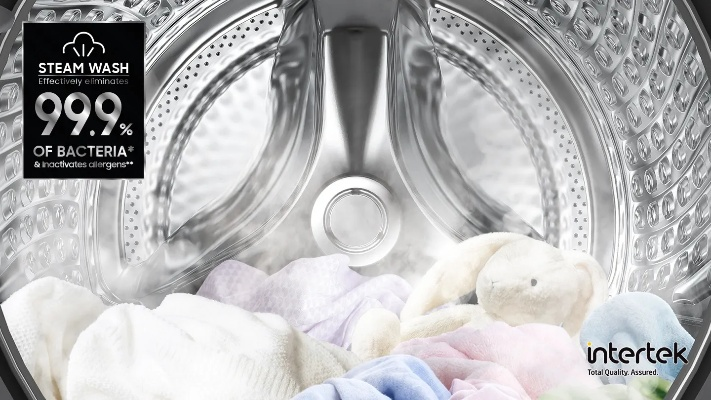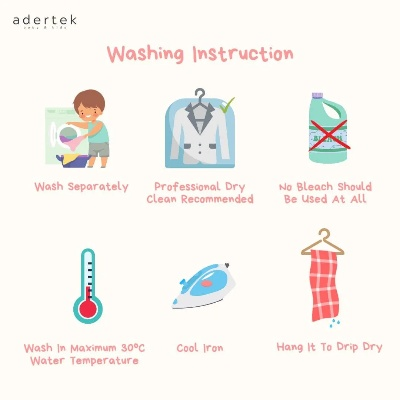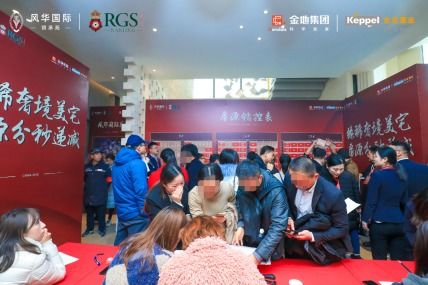Washing Textiles:A Comprehensive Guide to the Process
Ladies and gentlemen, today we are going to delve into the fascinating world of textile washing. It's a process that not only involves cleaning but also preserves the beauty and longevity of our clothing. So, let's start by understanding what exactly happens during a textile wash.
What is Textile Washing?
Textile washing refers to the process of cleaning fabrics such as clothes, curtains, and linens using water and detergent. The goal is to remove dirt, stains, and odors without damaging the fibers or shrinking the fabric.

How Does Textile Washing Work?
-
Pre-washing: Before starting the actual wash, it's important to check the care label on the garment. This will tell you if it can be washed in cold water or hot water, and if there are any specific instructions for pre-washing.
-
Dry Cleaning: If the garment has delicate materials or requires special care, it may be sent to a dry cleaner instead of being washed at home. Dry cleaning uses chemicals to clean the fabric without using water.
-
Washing: The next step is to add water and detergent to the washing machine. Depending on the type of fabric, the temperature and duration of the wash cycle can vary. Some fabrics, like silk, require gentler treatment and may need to be hand washed.
-
Rinsing: After the wash cycle is complete, the fabric needs to be rinsed thoroughly with fresh water to remove all traces of detergent.
-
Drying: Finally, the fabric is dried using either a dryer or hanging method. For most cotton and synthetic fabrics, air drying is recommended to prevent shrinkage.
Common Misconceptions About Textile Washing
-
Washing in Hot Water: While some people believe that washing in hot water is more effective at removing dirt, this can actually damage some fabrics, especially those made from natural fibers like wool and silk.
-
Using Too Much Detergent: Using too much detergent can leave residue on the fabric, leading to a dull appearance and potentially causing allergens to build up.
-
Not Rinsing Properly: Not rinsing thoroughly enough can lead to soap scum and unpleasant odors.
-
Over-Drying: Over-drying can cause fabrics to lose their shape and feel rough. It's important to use a low heat setting when drying.
Case Study: How to Clean a Pair of Jeans
Let's take a closer look at how to clean a pair of jeans using a typical wash cycle.
-
Check Care Label: First, read the care label on the jeans. If it says "Machine Wash," you can proceed with the wash cycle.
-
Pre-washing: Check the label again to see if it recommends pre-washing. If so, follow the instructions carefully.
-
Add Water and Detergent: Place the jeans in the washing machine, add warm water and mild detergent (if needed).

-
Select Wash Cycle: Most jeans come with a pre-set wash cycle that suits their fabric. Choose the appropriate cycle based on the care label.
-
Rinse: After the wash cycle is complete, use a mesh rinsing bag to rinse out any remaining detergent.
-
Air Dry: Hang the jeans to dry flat to avoid stretching. Use a low heat setting when using the dryer.
-
Repeat as Needed: If the jeans still have odor or stains after multiple washes, repeat the pre-washing and washing steps until they are spotless.
In conclusion, textile washing is an essential process that keeps our clothes looking their best. By following these steps and avoiding common mistakes, we can ensure that our garments are clean, soft, and last longer. Remember to always read the care labels before washing your clothing to avoid unnecessary damage.
亲爱的,今天我们来聊聊纺织品水洗这个话题,你知道吗,水洗是让衣物焕然一新的重要步骤,它能让衣物恢复原有的质地和颜色,纺织品水洗究竟是怎样洗的呢?下面我们就一起来探索一下。
水洗前的准备
在进行水洗之前,我们需要做好以下准备工作,选择合适的洗涤剂是很重要的,根据衣物的材质和洗涤需求,我们可以选择适合的洗涤剂,对于棉质衣物,我们可以选择温和的洗涤剂;对于丝绸衣物,则可以选择具有护色效果的洗涤剂。
洗涤过程
- 分类与标记:将衣物按照材质分类,并标记清楚,这样在洗涤过程中可以更加有序。
- 预处理:对于一些特殊材质的衣物,我们需要进行预处理,对于毛绒衣物,可以先用软刷轻轻梳理去除灰尘和杂物。
- 水洗:将适量的水加入洗衣机中,然后放入衣物,注意水温不宜过高,以免破坏衣物的纤维结构,根据衣物的材质和洗涤需求,选择合适的洗涤模式和洗涤时间,轻柔模式适合棉质衣物;强力洗涤模式适合较脏的衣物。
- 洗涤剂的使用:在洗涤过程中,根据洗涤剂的使用说明添加适量的洗涤剂,注意不要过量添加,以免对衣物造成损害。
- 漂洗与脱水:完成洗涤后,进行漂洗和脱水,注意漂洗时要彻底冲洗衣物,避免残留洗涤剂对衣物造成损害,脱水时要注意控制时间,避免过度烘干导致衣物变形或损坏。
案例说明
下面我们通过一个具体的案例来说明纺织品水洗的过程,假设我们有一个朋友想要清洗一件丝绸衬衫,他选择了温和的洗涤剂,选择了轻柔模式进行洗涤,在洗涤过程中,他注意了分类和标记的重要性,将丝绸衣物与其他材质分开洗涤,他注意了水温的控制,选择了适宜的温度进行洗涤,他进行了充分的漂洗和脱水,确保衣物完全干净。
注意事项
在进行纺织品水洗时,我们还需要注意以下几点:
- 选择合适的洗涤剂和洗涤模式,根据衣物的材质和洗涤需求进行选择。
- 注意水温的控制,避免过高或过低对衣物造成损害。
- 在洗涤过程中,注意分类和标记的重要性,确保洗涤过程的顺利进行。
- 在漂洗和脱水时,要彻底冲洗衣物,避免残留洗涤剂对衣物造成损害。
- 注意保护衣物纤维结构,避免过度烘干导致衣物变形或损坏。
纺织品水洗是一个复杂的过程,需要我们在实践中不断学习和掌握,通过以上的介绍和案例说明,我们可以了解到纺织品水洗的基本步骤和注意事项,在今后的生活中,我们需要注意选择合适的洗涤剂和洗涤模式,注意水温的控制,注意分类和标记的重要性等等,我们才能让我们的衣物焕然一新,恢复原有的质地和颜色。
Articles related to the knowledge points of this article:
杰耀乾海纺织品 A Journey Through Quality,Innovation and Global Expansion



